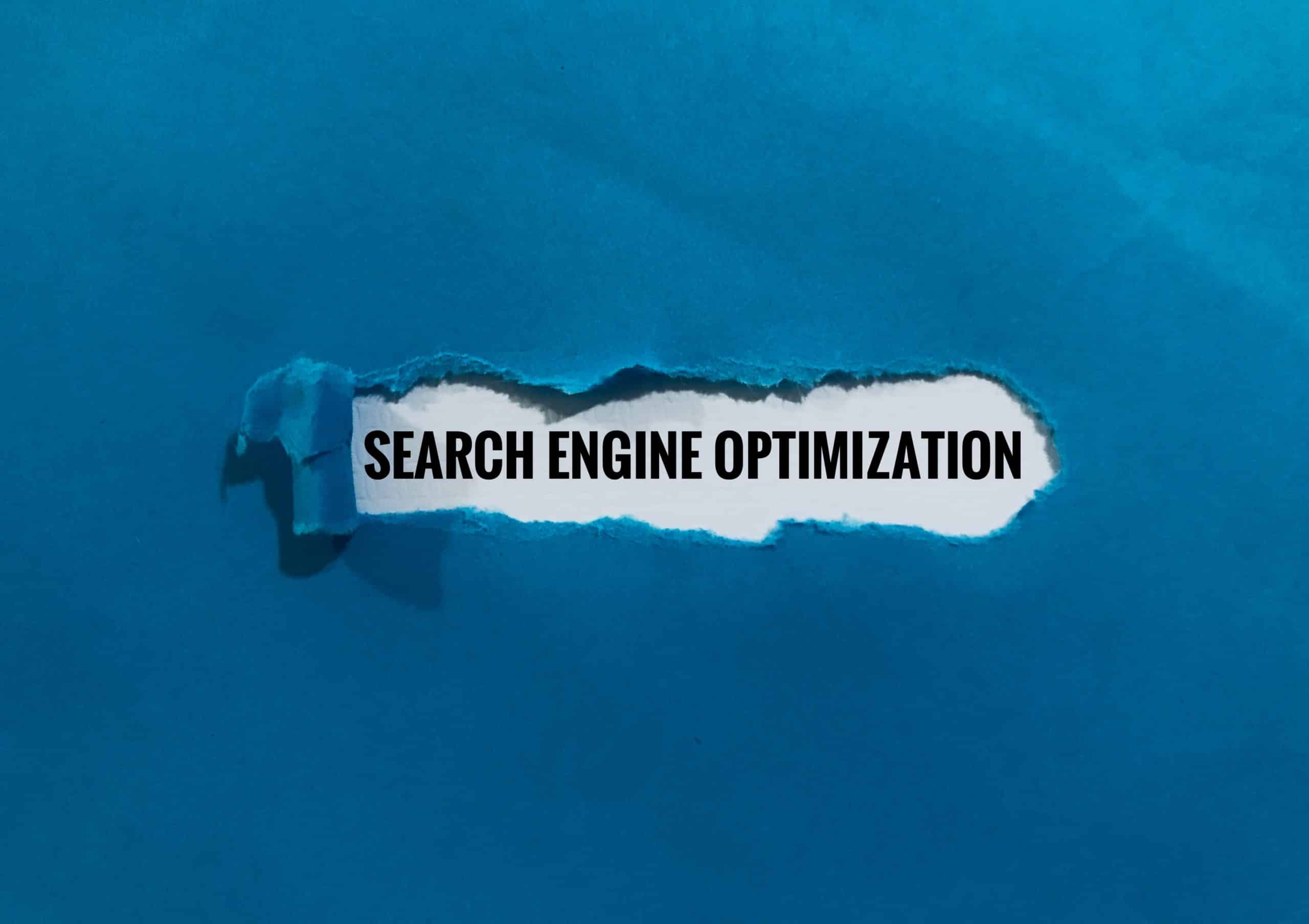How Can AI Optimize Traffic Flow in Mega Cities?

Traffic congestion in mega cities is a persistent problem that contributes to a myriad of issues, including productivity losses, increased pollution, and heightened stress levels. But here’s the good news: with the advent of Artificial Intelligence (AI), we now have a powerful tool that can revolutionize the way cities manage traffic flow, significantly reducing congestion times and enhancing urban mobility. In this article, we will explore the transformative potential of AI in optimizing traffic management systems, providing real-time data for intelligent transportation planning and revolutionizing road systems in our cities.
AI and Real-Time Traffic Data
Artificial intelligence systems are data-driven powerhouses. They thrive on rich, diverse, and real-time information for decision-making. When it comes to traffic management, AI systems are capable of processing massive volumes of traffic data in real-time, enabling a seamless and efficient flow of vehicles in our cities.
Also to read : What Are the Latest Breakthroughs in Electric Vehicle Battery Longevity?
Imagine a system equipped to analyze and predict traffic conditions by taking into account not only the number of vehicles on the road but also the weather conditions, the time of day, and even special events in the city. It’s not science fiction, it’s AI. A plethora of sensors and cameras located throughout the city can gather this data, which is then processed by AI algorithms. These algorithms can predict congestion spots and suggest alternative routes to drivers, reducing the traffic load on overly congested roads and ensuring a smoother ride for everyone.
Intelligent Traffic Management Systems
With AI at the helm, traffic management is no longer about simply controlling the red and green lights at intersections. AI-infused systems add a layer of intelligence to traffic management, transforming it into an organic entity that adjusts and responds to the city’s changing traffic patterns in real-time.
Additional reading : What’s the Future of Wearable Tech in Personalized Healthcare?
AI-based traffic management systems use smart algorithms to dynamically control traffic signals. This means that traffic signals can adapt to the actual traffic conditions, reducing unnecessary stops and optimizing the flow of traffic. For instance, if a road is particularly congested, the system can extend the green light phase to allow for more vehicles to pass through. On the contrary, if there are few cars on the road, the system shortens the green light phase, thus preventing unnecessary waiting times at intersections.
AI and Urban Mobility Planning
Effective urban mobility planning is crucial for any city. AI can provide significant assistance in this regard. With its capacity to process and analyze large data sets, AI can offer insightful inputs for city administrators and urban planners.
AI can generate comprehensive, real-time data about mobility patterns, vehicle usage, travel time, and public transportation efficiency. This data provides an in-depth understanding of the city’s mobility infrastructure and its users’ behavior. City administrators can then use this data for intelligent urban planning, ensuring that the city’s transportation infrastructure meets its residents’ needs more effectively and sustainably.
The Role of AI in Reducing Congestion
One of the most impactful benefits of AI in traffic management is its potential to reduce congestion. Congestion is a significant issue in mega cities, leading to wasted time, increased pollution, and decreased quality of life. AI offers a multifaceted approach to dealing with this problem.
AI algorithms can predict congestion and provide alternative routes to drivers in real-time. This helps distribute the traffic load across the city more evenly, preventing the formation of congestion hotspots. Additionally, AI-based traffic management systems dynamically control traffic signals, reducing unnecessary stops and optimizing the flow of traffic.
Future of AI in Traffic Management
The future of AI in traffic management is exciting and full of promise. We are talking about self-driving cars communicating with traffic management systems to optimize routes, smart parking solutions, advanced public transportation systems, and much more.
AI’s ability to process and interpret large volumes of data in real-time opens up possibilities for more personalized, efficient, and sustainable mobility solutions. In the coming years, as AI continues to evolve and cities continue to grow, we can expect to see even more innovative applications of AI in traffic management and urban mobility.
While the road to full-scale implementation of AI in traffic management is not without challenges, the potential benefits for mega cities around the world are clear. AI has the power to transform our cities into more livable, efficient, and sustainable spaces. And as we continue to innovate and push the boundaries of what’s possible, we can be sure that the future of urban mobility is bright.
The AI revolution in traffic management has just started. As the technology matures and becomes more integrated with our cities’ infrastructure, we can expect to see significant improvements in traffic flow, urban mobility, and overall quality of life. Let’s buckle up for an exciting journey ahead!
Enhancing Public Transportation with AI
Artificial intelligence goes beyond improving vehicle flow on roads; it has immense potential to enhance public transportation systems. AI algorithms can process real-time data from various sources, including GPS trackers on buses and trains, ticket sales, and passenger feedback. This allows AI systems to monitor and predict public transportation demand, adjust routes and schedules in real-time, and even predict and prevent potential system failures or delays.
For instance, during peak hours, AI can provide data-driven insights to increase the frequency of buses or trains to accommodate the surge in passengers. In contrast, during off-peak hours, it can reduce the frequency to conserve resources. By predicting hikes in demand during special events or seasons, AI can also help public transportation operators prepare in advance, ensuring sufficient capacity to meet demand and prevent overcrowding.
AI can also play a crucial role in maintaining the health of public transportation assets. By analysing real-time data from sensors embedded in buses, trains, and infrastructure, AI can predict potential failures or malfunctions before they occur, allowing for preventative maintenance. This can significantly reduce the instances of unexpected breakdowns, resulting in more reliable public transportation services.
Smart Traffic Lights and Signal Timings
Traffic lights are a fundamental part of traffic management systems. AI can significantly optimize traffic light operations by dynamically adjusting signal timings based on real-time traffic flow. Traditional traffic lights operate on fixed schedules, which can lead to unnecessary waiting times and contribute to traffic congestion. In contrast, smart traffic lights powered by AI can analyze the flow of traffic and adjust signal timings accordingly.
For instance, if an intersection is heavily congested, the AI system can lengthen the green light duration to allow more vehicles to cross. Conversely, if there are fewer cars, the system can shorten the green light phase to minimize idling time. By doing this, AI can ensure a smoother and more efficient flow of traffic, reducing congestion and improving overall journey times.
Furthermore, in the event of an emergency, AI can adapt traffic signals to facilitate the swift passage of emergency vehicles. The system can predict the emergency vehicle’s route and adjust traffic light timings along that route to ensure the vehicle can pass through quickly and safely.
Conclusion
As we stand on the cusp of a new era in traffic management, the transformative potential of AI is undeniably profound. From real-time traffic data analysis to intelligent traffic management systems, from enhancing public transportation to smart traffic lights, AI is poised to revolutionize how we manage traffic in our cities. By leveraging the power of AI, we can significantly reduce traffic congestion, optimize traffic flow, and improve the efficiency of public transportation systems.
The journey towards fully AI-powered traffic management systems may be complex and fraught with challenges, but the potential rewards make it a worthwhile pursuit. As we continue to integrate AI into our cities’ infrastructure, we can expect to see not only improvements in traffic flow and urban mobility but also a substantial increase in the overall quality of life.
With its ability to process vast volumes of data in real-time, AI opens up endless possibilities for more efficient, sustainable, and personalized urban mobility solutions. As we look towards the future, it’s clear that the AI revolution in traffic management has set us on an exciting journey towards smarter, more livable cities. It’s time to buckle up and embrace the ride!
